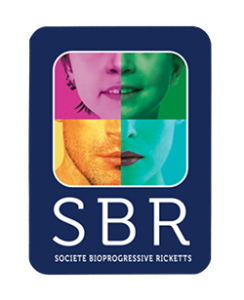
1973 - 2023 : THE SBR CELEBRATES ITS 50TH ANNIVERSARY!
50 years congress - Coordinated by the Ile-de-France region
.
INAUGURAL CONFERENCE
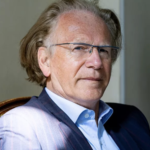
Mail : dr.thierry.delcourt@gmail.com
Psychiatrist, child psychiatrist, researcher on the creative process and creativity – Chairs the Training and Continuous Professional Development Organization for Private Psychiatrists.
Each era experiences societal and cultural changes that can be difficult for us adults to grasp, especially when it comes to providing younger generations with care and intervening in their daily lives. Often bewildered and powerless to make them accept a framework of care and prevention, professionals seem to have no choice but to work with different references regarding authority, effort, and sensitivity.
From the baby boomer and millennial generations to Gen Z and Gen Alpha, I propose to decipher what has truly changed and whether it is appropriate to distinguish between generations. How can we deal with children and their parents? What should we do and say when this relationship becomes strained, hindering the delivery of quality care? Can we leverage the new technologies and screens that children are fond of, even addicted to, to better convey messages and ensure therapeutic compliance? How can we avoid burning out in a profession that societal evolution could make thankless?
These and many other questions that we ask ourselves deserve attention and require us to have avenues to work in good conditions.
VIDEO CONFERENCE
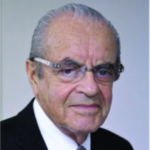
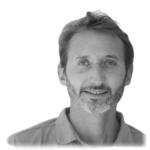
Mail : romaindepape@gmail.com
Qualified Specialist in Dento-Facial Orthopedics. Former Strasbourg University Hospital Assistant
Our patient’s cooperation is a major issue for orthodontic treatments.
This cooperation depends on a good understanding of the diagnosis and the goals to be achieved by the patient. Systemic orthodontics brings a dynamic lecture of the occlusion. It allows us to apprehend this masticatory malocclusion
Digital tools optimise the treatment by reorienting the occlusal plane, in 6 months the major goals are corrected.
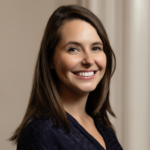
Mail : ke.nyffenegger@gmail.com
Communication consultant and coach in dental practices
You are asked on a daily basis to have boundless energy, clinical professionalism, to manage your team, to offer the best to your patients with motivation and a smile! In other words, to be perfect in every way. An almost utopian exercise. However, understanding generational differences and mastering today’s motivational levers allow for smoother communication and obvious patient cooperation.
Discover the 5 motivational levers to improve patient cooperation within your practice.
Break

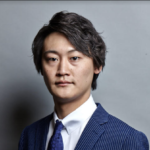
2013 : Graduated from Tokyo Dental College(TDC) to obtain DDS. 2014 : An associate doctor at Nezu Orthodontic Clinic. Member of Bioprgressive Study Club (BSC). 2021: It assume the post of Clinical chief
In recent years, digital technology has made remarkable progress in the field of orthodontics, and a variety of products, including aligners, have become widely available. However, no matter what technique is used, the most important thing remains “the direct link between orthodontic diagnosis and treatment” based on a precise diagnostic and treatment design system. It is also true that there are many cases in which the multi-bracketed system is most appropriate from the biomechanical point of view. The Class III malocclusion with a high degree of difficulty is considered to fall into this category.
The improvement of severe Class III malocclusion by orthodontic treatment alone requires non-extraction treatment except for third molar and the development of techniques for distalization of the entire mandibular dentition. At our clinic, Hiroshi Nezu and his colleagues have been developing this treatment method since the 1990s and have been presenting it both in Japan and abroad. The clinical expertise of this method has been passed on among associate doctors over the past 30 years. In this presentation, I am going to report on the remarkable improvement of Class III malocclusions by orthodontic treatment alone, including past cases.
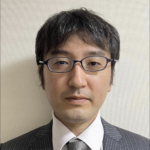
2013 Member of the Bioprgressive Study Club (BSC) – 2016 An associate doctor at Nagata Orthodontic Clinic – 2021 Clinical chief at Nagata Orthodontic Clinic – 2023 Part-time Faculty of Orthodontics, TDC
Technical advances in orthodontics and oral surgery have been remarkable in recent years. In addition, the demand for surgical orthodontic treatment is increasing in Japan, partly due to social insurance coverage for surgical orthodontics. Our clinic has experienced more than 500 cases of surgical orthodontics in the past 30 years. We believe that the advantages of surgical orthodontics include improvement of skeletal disharmony, resolution of airway problems, and reduction of patient cooperation.
In the ordinary orthodontic treatment, the use of inter-maxillary elastics is mandatory in many cases for horizontal, vertical, and anteroposterior directions, and patient cooperation is often insufficient due to life circumstances and various other factors. Therefore, we choose surgical orthodontics for patients who cannot cooperate with orthodontic treatment alone, especially with the use of inter-maxillary elastics. In this presentation, I am going to report surgical orthodontic cases in which good treatment results were obtained with less patient cooperation. I hope that surgical orthodontics will become a good option for patients who cannot be expected to cooperate.
.
WELCOME

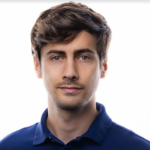
Mail : dr.quentin.dcdv@orange.fr
Dentist specialist qualified in dentofacial orthopedics. Former teaching assistant at the Faculty of Odontology of Nancy. Teaching assistant at DU I3DC at the Faculty of Medicine of Besançon
Nowadays, we all « secretly » dream of finding a device that will eliminate much of the patient’s cooperation, with no avulsion and preserving our treatment goals ! Of course, something simple and also reproducible in daily digital practice! Could the Topjet fulfill this function? Through clinical cases, we will review its functioning, its numerous advantages but also its disadvantages and difficulties
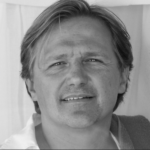
Doctor of dental surgery – CECSMO
However, fixed Class 2 correctors do exist but are rarely used due to their difficulty in placement.
The purpose of this presentation is to show how to overcome this obstacle and systematically replace Class 2 elastics with Forsus in vestibular technique, thus drastically reducing the failures of correcting the most common malocclusion in our offices
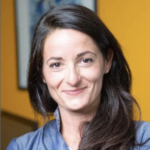
Former Bordeaux II University Hospital Assistant University Attaché of the Faculties of Bordeaux and Lorrain. Independent practitioner specializing in Orthodontics. CECSMO
TADs have revolutionised modern orthodontics in various aspects. It has answered many of the problems which orthodontists face in their daily collaboration such as decreasing extraction needs, sometimes even the use of elastics, and completely eliminating the use of cervical headgear.
In the daily challenges that the orthodontist faces, and in an ever changing world, TADs appeared to be the definitive answer to those who disparage goal-based orthodontics.
Those quality objectives are the heart of our work, and unite functional stable occlusions to aesthetic results. TADs have also expanded our therapeutic borders leading to new increasingly ambitious objectives thanks to high-skilled 3D control.
With the shadow of uncomfortable cooperation thus reappearing, the remaining question is :
Can a treatment be well applied without any cooperation ? What if cooperation only required well-defined objectives that are understood and accepted by the patient ?

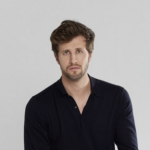
Aesthetic doctor based in Paris and London.
Former general medicine intern at the Reims hospitals, graduate of the DUTIC of Paris Créteil and the international laser DIU of Paris pierre and Marie Curie
Summary: In aesthetic consultations, patients are not always willing to undergo the constraints of surgery or orthodontics and would more readily accept a lighter, albeit temporary, treatment with minimal functional impact. Some indications (mandibular advancement, asymmetry, profiloplasty, gummy smile) can actually achieve excellent results with hyaluronic acid injections and/or Botox.
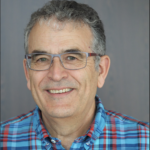
Dental surgeon – hypnosis practitioner, founder of A-grandir, co-founder of Hypnoteeth – DU in Medicine, (Bordeaux, Liège, Paris).
.
To optimize the patient-practitioner relationship, it must go through therapeutic alliance, which is a prerequisite that conditions the entire relationship. Hypnosis through therapeutic communication helps establish this alliance. Clinical examples are used to illustrate this adherence, which is also a guarantee of cooperation, taken during the patient’s engagement.
.

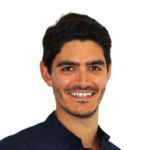
Mail : bouhnikorthodontics@gmail.com
Doctor of Dental Surgery – Paris VII Former resident of Paris hospitals – Pitié Salpêtrière Hospital Qualified specialist in dentofacial orthopedics – Paris VII Liberal orthodontic practice in the Paris area oriented aligners Founder of the Aligner Club
.
Aligners orthodontics is a real revolution among the orthodontist’s tools, offering a discreet and confortabke alternative for the patient who wants an orthodontic treatment.
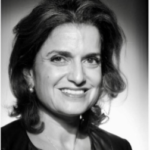
Mail : c.benyounes@wanadoo.fr
Qualified Specialist in Dento-Facial Orthopedics. Graduated from the Faculty of Medicine of Brussels. Former Orthodontic Consultation Attaché at the Hospital Pediatrics Robert Debré (1992-2003). Graduate in Advanced Studies in Pediatric Stomatology
Before the emotional storm of adolescence, childhood is a period conducive to collaboration with parents or caregivers, as it is a time when intergenerational relationships are generally simple and peaceful. Early intervention is mandatory in all cases where there is a risk of complications or trauma, as indicated by the FFO’s 2017 recommendations, but also when there is certain worsening, such as in progressive conditions where unaddressed malocclusion is likely to degenerate into skeletal abnormality.
Like in medicine, a child is not a miniature adult but a work in progress, and pediatric orthodontics is not the same as that for adolescents or adults. Like general pediatric orthopedics, it is a highly effective discipline that utilizes different methods tailored to our young patients.
BREAK

JULIEN PHILIPPE PRICE
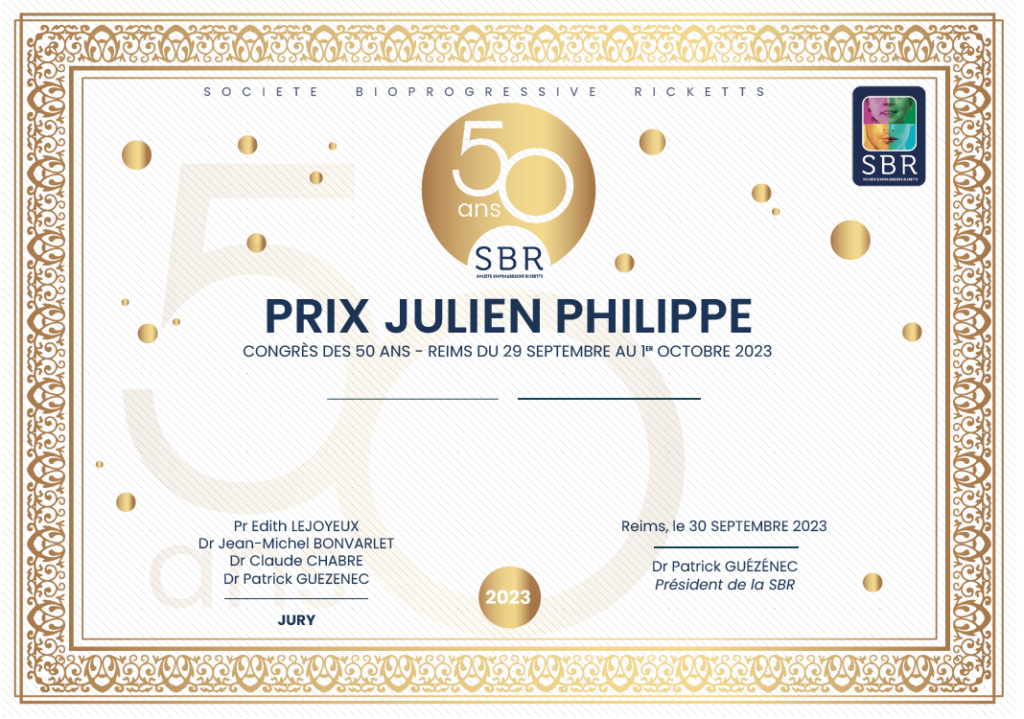
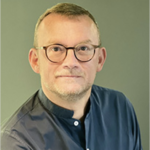
Mail : jean-michel.foucart@wanadoo.fr
Expert at the Court of Appeal of Versailles. University Lecturer (Paris 7 University – Denis Diderot, Paris).?
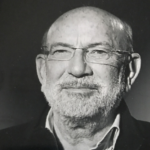
Mail : alain.bery@wanadoo.fr
Dental surgeon qualified in ODF. Dr in ethics and law.
If the patient has rights, it remains true that they also have duties. Specifically, they must comply with the recommendations made by their practitioner. Under the healthcare contract, if one of the parties fails to meet their obligations, the other party is legally entitled to terminate the contract. Consequently, the practitioner has the freedom to interrupt their treatment, of course in compliance with the code of ethics. This situation of treatment cessation must certainly be subject to legal regulations, but it must also be imbued with an ethical approach. We will address this legal and ethical situation in relation to various treatment cessation scenarios. We will conclude by proposing a standard letter to inform the patient of the treatment termination.
20 jeroboams of champagne to be won among the attending participants
r
